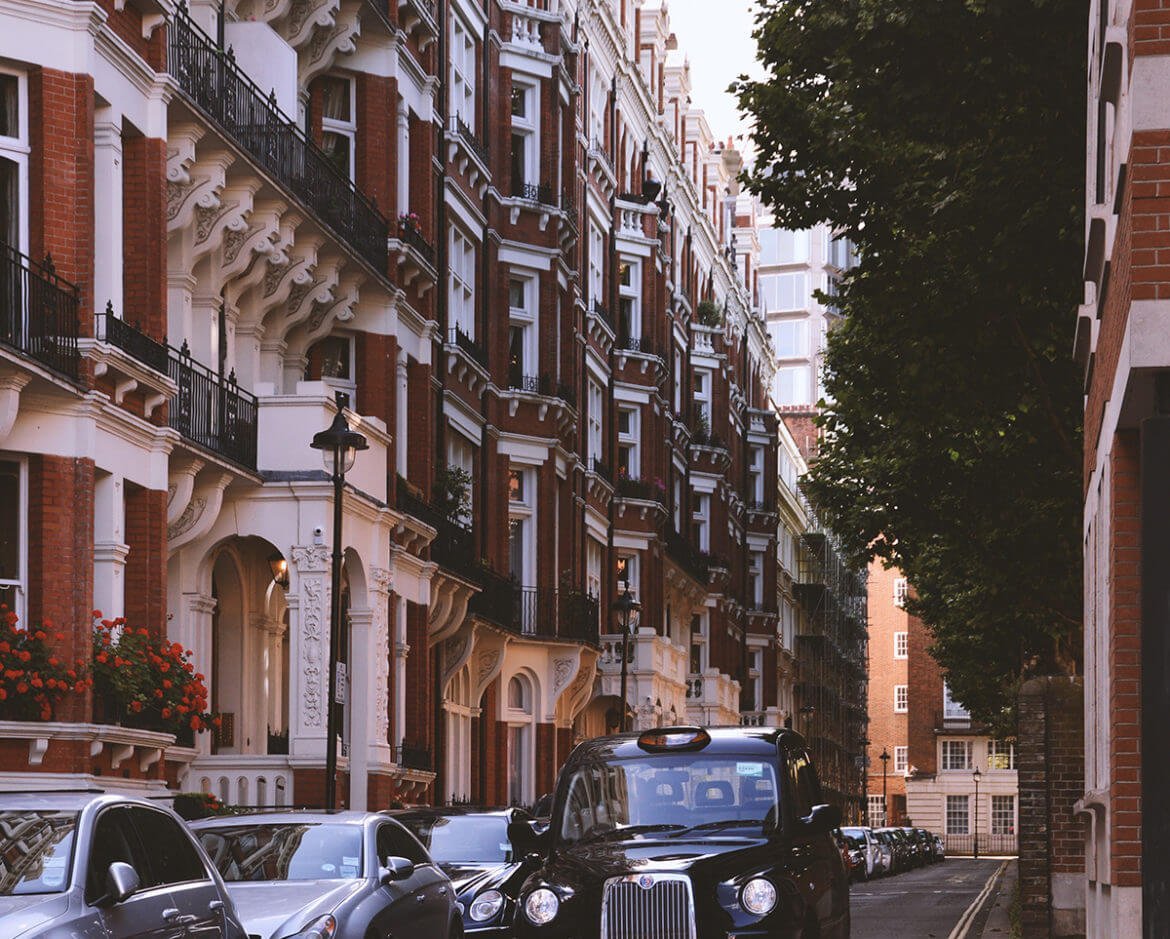
From Downton to Modern-Day Favourite Domestic Staff
The glut of period dramas on TV and in film recently – from Downton Abbey to The Great Gatsby – has highlighted the role of housekeeping duties and housekeepers in British and US society.
Here at Irving Scott, we’d like to point out that the role of what was termed a ‘domestic servant’ has changed somewhat radically in the last century or so (as we’re sure you can imagine).
Housekeepers in London today take on several different tasks, many of which would have been unheard of in Victorian times, such as driving the kids to school, nipping out to get the laptop fixed and making sure the dog gets his hourly constitutional.
How have the roles of domestic staff changed since Downton Abbey?
There’s often a butler and a governess around today but certainly no Hallboy or ‘Tweeny’ to get under the housekeeper’s feet. In case you didn’t know, the Hallboy’s chief responsibility was to light all the candles and lamps in the household and polish everyone’s boots (including the staff) before they woke up. The unfortunate Tweenie was even more unlucky. Her role was to get rid of the slops and she was required to be around for this ‘unpredictable’ chore from 5 am to 10 pm, seven days a week.
The one aspect Victorian domestic workers and today’s housekeepers, butlers, governesses, valets, chauffeurs, secretaries and cooks etc. have in common is that they are employed to look after – and care for ultimately – the needs of the one family, i.e. their employers.
There are more domestic staff in London today than you may think
The prevalence of domestic staff in UK households has significantly changed over time. While it’s become somewhat rare in contemporary times, it’s by no means a vanished practice. According to the Labour Force Survey report from the Office for National Statistics in 2012, there were as many as 65,000 individuals listed as domestic workers in households. These figures include those who live in the household they serve as well as those who commute to their workplaces.
Contrast this with the early 20th century landscape, a period when around 1.5 million individuals were gainfully employed as domestic staff in households across the country. This was a time when the concept of domestic service was more of a norm than an exception, with many households employing staff to take care of a range of duties, from cooking and cleaning to child-rearing and more.
However, the socio-economic transformations of the early and mid-20th century played a significant role in reducing these numbers. Despite the rise of an increasingly affluent British society and the emergence of a new middle class, the number of domestic servants began to decline over the ensuing two decades. This shift can be attributed, in part, to the opening of factories that offered workers more structured schedules, including weekends and evenings for leisure.
Yet, an even more considerable reduction in the number of household staff was felt in the aftermath of WW1. With many men away at war, women were compelled to fill in the workforce void in roles traditionally undertaken by men. Exposed to opportunities beyond the domestic realm, many women discovered new professional prospects. This shift in women’s roles and the increased independence it brought about had a significant effect on the domestic service industry. Post-war, many women who had tasted life outside domestic service chose not to return to their previous roles.
Over the years, societal attitudes, laws, and economies have continued to shape the domestic service landscape, yet the industry has remained resilient, adapting to the changing times and the evolving needs of households.




